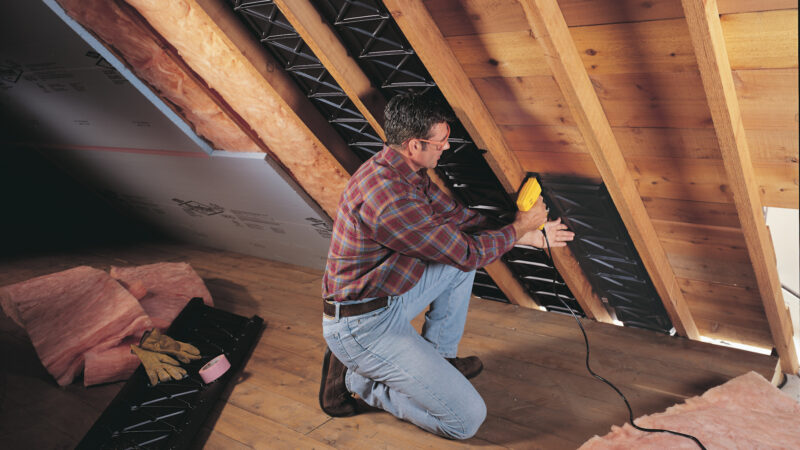When it comes to home comfort and energy efficiency, one often overlooked but crucial area is the attic. Properly insulating your attic roof rafters can make a significant difference in maintaining a cozy and efficient home. In this comprehensive guide, we will delve into the importance of attic insulation, the benefits it brings, and the step-by-step process of insulating your attic roof rafters. Whether you’re a seasoned DIY enthusiast or new to home improvement projects, this guide will provide valuable insights in a clear and accessible manner.
Before we get into the nitty-gritty of insulating attic roof rafters, let’s understand why attic insulation is essential for every home. Your loft serves as a barrier between your living space and the outdoor elements. Without proper insulation, your home can lose a significant amount of heat in the winter and gain unwanted heat in the summer. This not only affects your comfort but also drives up your energy bills.
Discuss the Benefits of Insulating Attic Roof Rafters
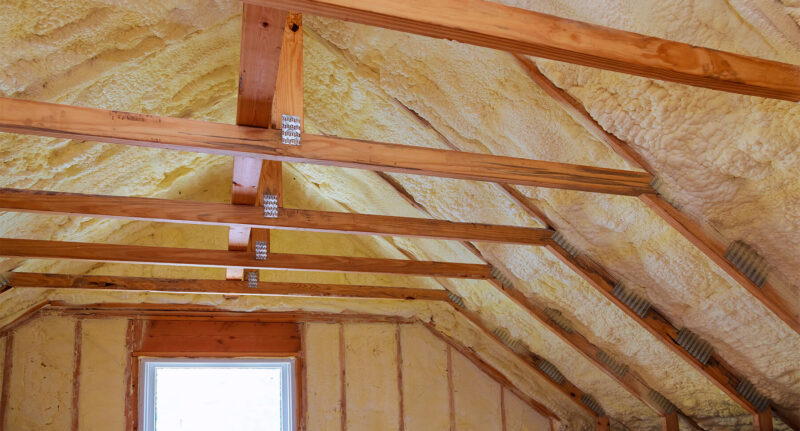
Insulating your attic roof rafters offers a multitude of benefits. First and foremost, it helps regulate the temperature in your home, keeping it comfortable year-round. In the winter, it retains the heat generated by your heating system, while in the summer, it prevents excessive heat from entering, reducing the load on your cooling system.
Additionally, loft insulation plays a crucial role in soundproofing your home. It minimizes outside noise, creating a quieter and more peaceful living environment. Moreover, it can extend the lifespan of your roof by preventing ice dams and moisture buildup. If you’re in for it please click here.
Explain the Difference Between Attic Floor and Roof Rafter Insulation
It’s important to distinguish between insulating the attic floor and the loft roof rafters. Attic floor insulation is placed between the floor joists, effectively sealing off the attic space from the rest of the house. On the other hand, insulating loft roof rafters involves covering the underside of the roof with insulation material. Each approach has its benefits, but in this guide, we will focus on insulating the roof rafters for maximum efficiency.
List the Materials and Tools Needed for the Insulation Project
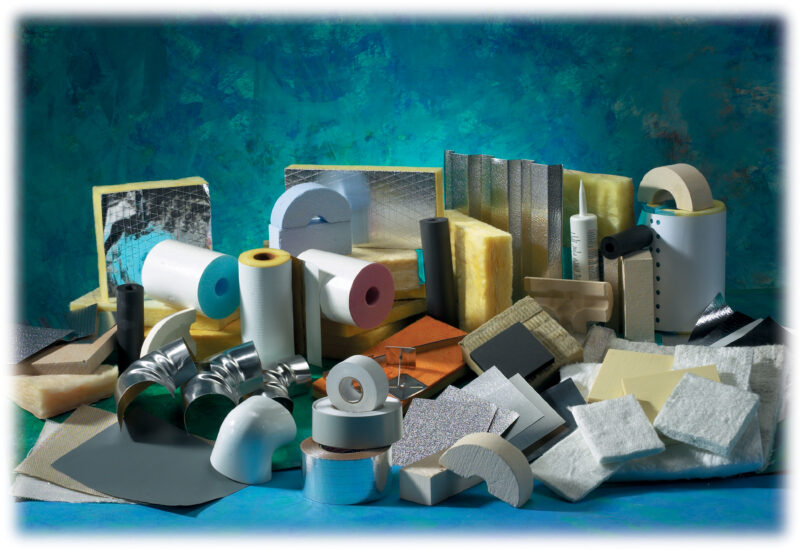
Before you embark on your loft insulation project, gather the necessary materials and tools. You will need:
- Insulation material (e.g., fiberglass batts, spray foam, or rigid foam board)
- Utility knife
- Staple gun and staples
- Tape measure
- Safety goggles and gloves
- Dust mask
- Caulk and caulk gun
- Attic baffles (for ventilation)
Step-by-Step Guide to Preparing the Attic for Insulation
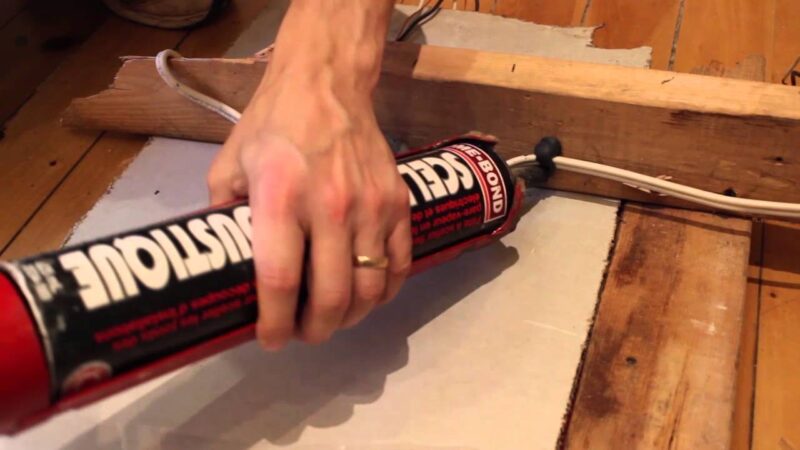
Step 1: Safety First
Begin by ensuring your safety. Wear appropriate protective gear, including goggles, gloves, and a dust mask. Attics can be dusty and cramped, so take precautions.
Step 2: Clear the Attic
Remove any stored items from the loft to create a clean workspace. You’ll need access to the entire area beneath the roof.
Step 3: Seal Gaps and Cracks
Inspect the attic for gaps and cracks that may allow air leakage. Use caulk to seal these openings, ensuring a tight envelope.
Step 4: Install Attic Baffles
Attic baffles help maintain proper ventilation. Install them in the eaves, ensuring they extend from the soffit vents to the loft space.
Step 5: Measure and Cut Insulation
Measure the distance between the roof rafters and cut the insulation material accordingly. Use a utility knife for precise cuts.
Detailed Instructions for Installing Insulation on Attic Roof Rafters
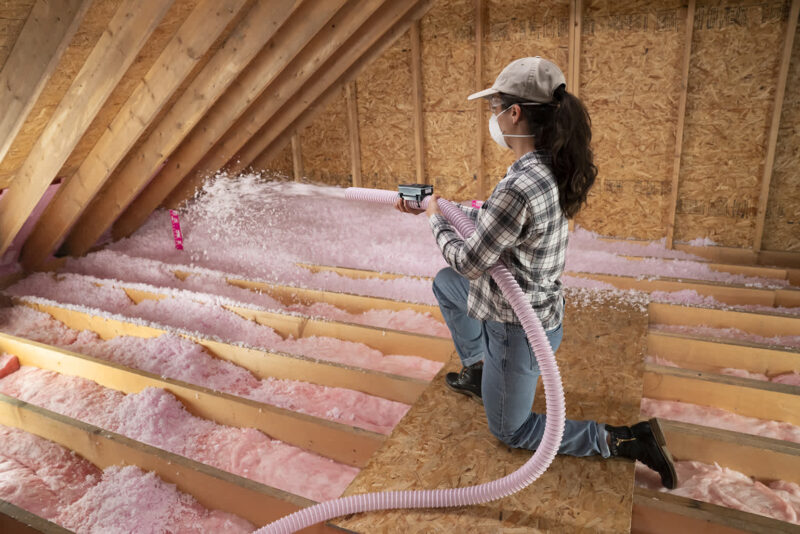
Step 1: Start at the Eaves
Begin insulating at the eaves and work your way up. Place the insulation between the rafters with the vapor barrier facing the living space.
Step 2: Secure with Staples
Use a staple gun to secure the insulation in place. Ensure it fits snugly without any gaps or compression.
Step 3: Seal Joints and Edges
Seal the joints and edges of the insulation with caulk to prevent air leakage. This is crucial for maintaining efficiency.
Step 4: Continue Upward
Continue installing insulation along the roof rafters until you reach the attic’s peak. Trim any excess material as needed.
Tips on Choosing the Right Type of Insulation Material
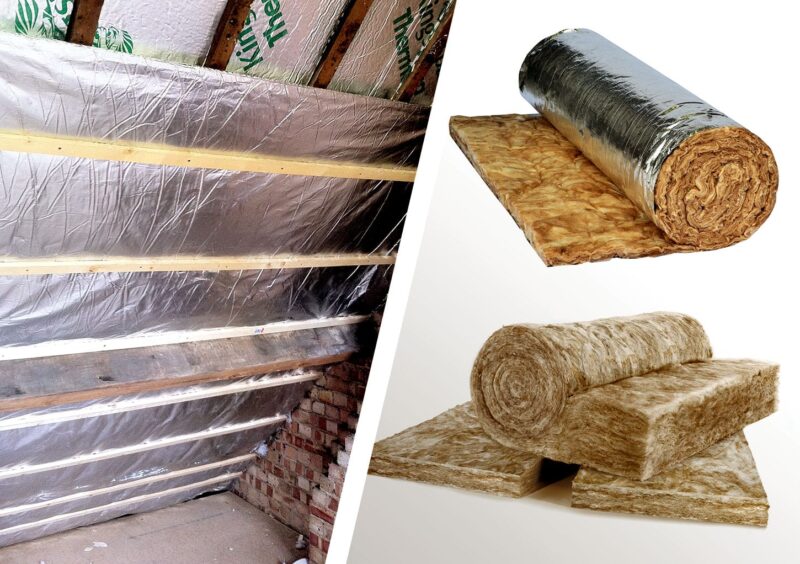
When selecting insulation material, consider factors like your climate, budget, and personal preferences. Fiberglass batts are a popular choice for their affordability and ease of installation. Spray foam offers excellent insulation properties but may require professional application. Rigid foam board provides high R-value and is suitable for various climates.
Highlight the Importance of Proper Ventilation in the Attic
Proper attic ventilation is a key component of a well-insulated loft. Ventilation helps regulate temperature and moisture levels, preventing issues like ice dams and mold growth. Make sure your loft has adequate soffit and ridge vents to facilitate airflow.
Discuss Potential Energy Savings by Insulating Attic Roof Rafters
One of the most compelling reasons to insulate your attic roof rafters is the potential for significant energy savings. A well-insulated loft reduces the workload on your heating and cooling systems, leading to lower energy bills. Over time, these savings can offset the initial investment in insulation.
Address Common Insulation Mistakes and How to Avoid Them
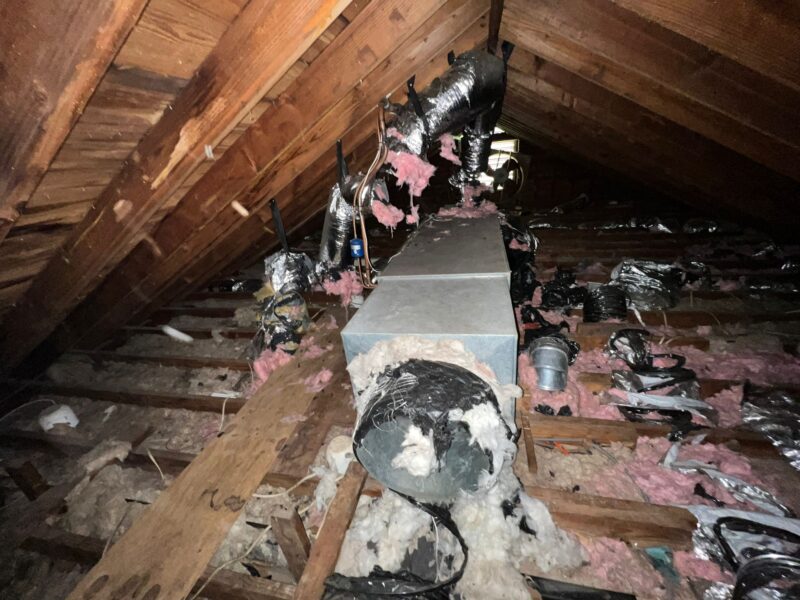
To ensure a successful attic insulation project, it’s essential to avoid common mistakes. Some of these include:
- Leaving gaps or voids in insulation
- Compressing insulation, reducing its effectiveness
- Neglecting proper sealing and ventilation
- Using the wrong type of insulation for your climate
By following the steps and tips outlined in this guide, you can steer clear of these pitfalls.
Safety Precautions for DIY Attic Insulation
Safety should always be a top priority during any DIY project. Here are some safety precautions to keep in mind:
- Wear protective gear, including goggles, gloves, and a dust mask.
- Work in a well-ventilated loft and take breaks if necessary.
- Use caution around electrical wires and fixtures.
- Be mindful of your footing to avoid stepping through the ceiling below.
Conclusion: A Cozy and Efficient Home Awaits
In conclusion, insulating your attic roof rafters is a practical and cost-effective way to create a cozy and energy-efficient home. By understanding the importance of loft insulation, choosing the right materials, and following the step-by-step installation process, you can enjoy year-round comfort while saving on energy expenses. Don’t overlook this essential home improvement project; your comfortable and efficient home awaits!
Related Posts:
- What Is Roof Decking? Understanding and Maintaining…
- Unlocking the Most Efficient Gold Farming Method in…
- How to Make Millions with WoW's Most Efficient Gold…
- How to Build a Roof Over a Deck: Pro Tips for…
- Quick Tips to Naturally Increase Fertility and Boost…
- How to Spend a Winter in Norway with Joy and Wonder:…

